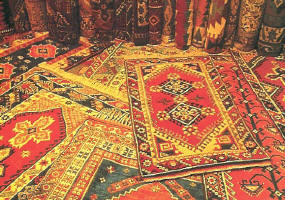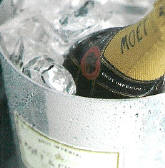 |
|
 |
 |
 |
|
|
Lamu, Kenya |
844-442-7847 |
|
|
Awaiting Your Return From Shore |
This small island town off the coast of Kenya was known as the Katmandu of Africa during the 1960s and 1970s. It was a popular destination for backpackers and other overland travelers, and its reputation soon spread. Now tourism has replaced dhow building and agriculture as the main income source on the island. However, Lamu has retained a very strong sense of the past. The town dates to the 14th century, although archaeological sites indicate habitation for at least 1,200 years. Through the centuries Lamu and the surrounding archipelago shifted from Portuguese to Omani rule, and finally to British rule until Kenya gained independence in the early 1960s. In the 19th century, during Omani rule, the island prospered as a trading center for ivory, mangrove poles, and slaves from Africaís interior. Lamuís prosperity started to dwindle by the late 1800s, when it had to compete with the fast-growing port of Mombasa. Lamu is Kenyaís oldest town on the island of the same name, and one of the original Swahili settlements. Its traditional layout features narrow, winding streets, allowing only for pedestrian and donkey traffic. Many of the 19th-century mansions with carved doors are still standing. Lamuís physical appearance has changed very little over the centuries. Since the town can be easily explored on foot and the few vehicles on the island are privately owned and in poor condition, no organized excursions can be offered. |
Awaiting Your Return From Shore |
|
|
|
|
|
|
||
|
|
|
|
|
Complimentary Spirits Await |
Return to Your Suite and Sail Away to The Next Adventure |
Entertainment and Dancing Await You |
|
|
|
|
|
844-442-7847 |







